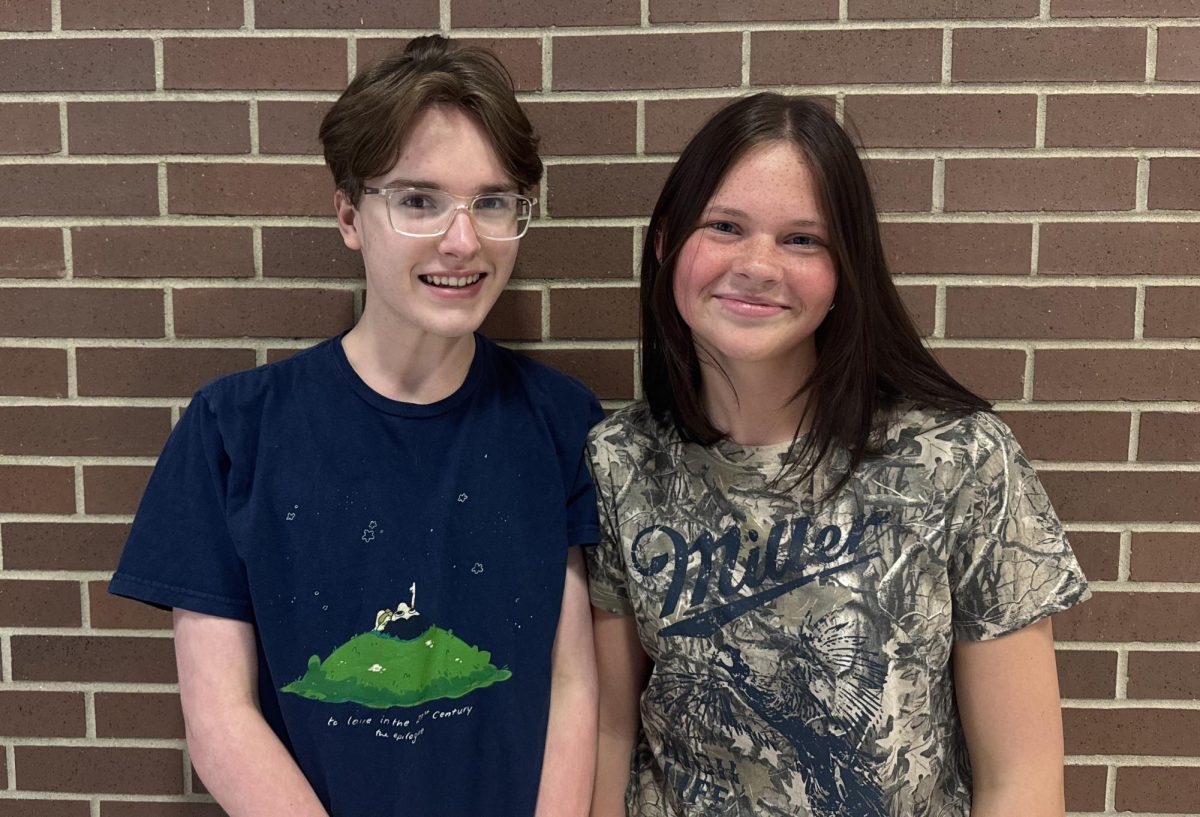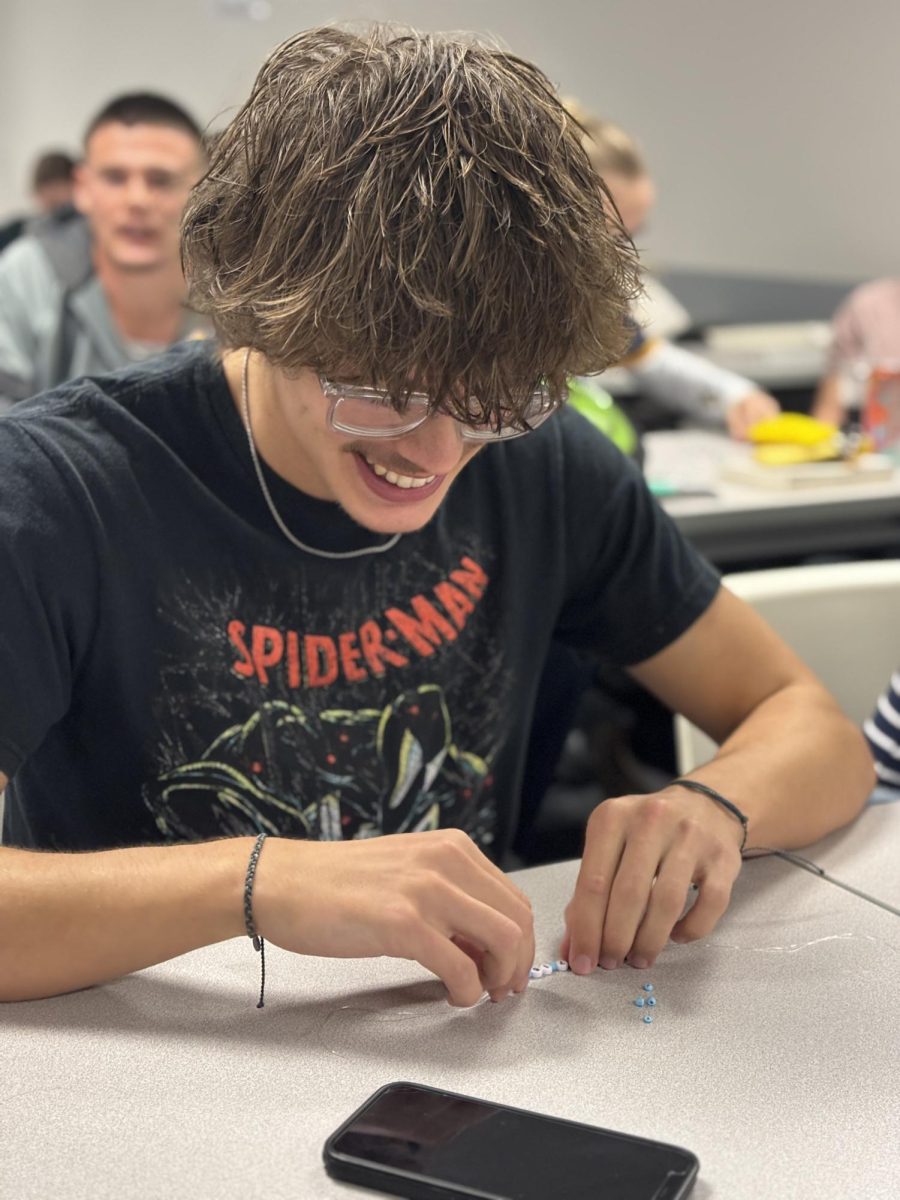On Monday, April 8, 2024, a total solar eclipse will cross North America, passing over Mexico, the United States, and Canada. This will be the first since the Great American Eclipse in 2017 and the last until August 2044. A solar eclipse occurs when a new moon is positioned precisely between Earth and the sun and casts its shadow on Earth. The moon appears almost exactly the same size as the sun, and will look relatively large covering 100% of the sun’s disk as viewed from the narrow path of totality. Resulting in a beautiful totality in which the sun’s corona is visible to the naked eye.
Depending on the moon’s distance from Earth, the size of the moon determines if it can completely cover the sun’s disk during an eclipse. The moon slightly has an elliptical orbit around Earth. At two points each month, it is closest (perigee) to Earth, and farthest (apogee). This makes the moon appear slightly larger or slightly smaller than average in our sky.
“The magnitude of a solar eclipse is the fraction of the diameter of the sun covered by the moon, which on April 8, 2024, will be 1.0566,” according to EclipseWise.com.
English teacher Andrew Marine has been waiting for this event for years now. When Marine found out that there would be another chance to see this path of totality he took the chance to prepare ahead of time. He looks forward to taking a day off on April 8, also an asynchronous e-learning day for the students of Mooresville High School, to travel to anywhere where clouds don’t exist-to get the best view with immense integrity. Marine and his father purchased equipment best for taking video footage of the entire thing. Marine will also be bringing a Tripod to get high depth footage of it following the sun. The video will be posted for Pioneer TV.
“It amazes me because as you know I am a photographer and videographer, so I think in terms of white balance. It went off and I could tell white wasn’t white anymore, it was more of an orange hue. It was very odd at that moment and knowing that we were going to have a total eclipse coming up in 2024, got me excited, because I not only want to see what I saw that moment, it will also go into nighttime,” Marine said.
Seniors Sydney Hardy and Brooke Wilson shared that they will be going together to Sarah Conlin’s grandma’s house to watch the eclipse from her Celestron 114AZ Newtonian Reflector as well as a solar filter telescope.
“We are going together with Sarah Conlin to watch it and we are going to party like space dunk Oreos and watch the beautiful scene unravel,” Hardy and Wilson said.
Senior Sarah Conlin shares that she will get her telescope and a camera set up so she can document the eclipse on the camera and still be able to watch it without needing to mess with all the technical stuff.
“I’m extremely excited. The last eclipse I saw was in sixth grade and I’ve always loved astronomy Now that I know a lot more about astrophysics and how eclipses work I’m very excited to have the privilege to watch another one and try and do my own observations like an actual astronomer,” Conlin said.
See links below for more information on how to see the Total Solar Eclipse.
https://www.space.com/watch-total-solar-eclipse-april-8-online-free-livestreams
https://www.space.com/news/live/solar-eclipse-live-updates
Preparation tips are below.
Visit https://www.astronomy.com/observing/25-tips-to-help-you-prepare-for-the-total-solar-eclipse/ for preparation tips
A couple places to go are below.
Witness the Total Solar Eclipse at the Racing Capital of the World- Indianapolis Motor Speedway
Anderson and Madison County offer year-round attractions, including festivals, museums, shopping, local restaurants, and entertainment, providing an ideal setting to experience the 2024 solar eclipse.
































